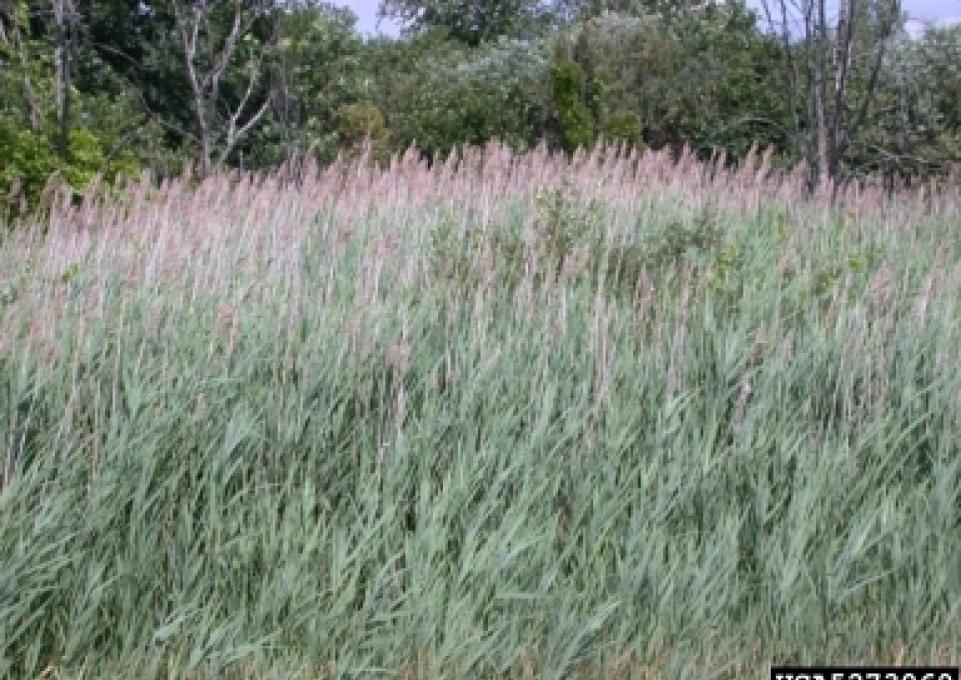
By combining math with biology, Dan Potts, a plant physiologist ecologist and assistant professor of biology, was able to use the fast Fourier transform (FFT) algorithm in what Potts believes is a novel application. Potts collaborated with Saziye Bayram, assistant professor of mathematics, and Joaquin Carbonara, professor of mathematics.
Potts was studying moisture in the soil in mesquite shrublands near Tucson, Arizona. “My collaborator at the USDA-Agricultural Research Service, Dr. Russell Scott, used an automated system to collect soil moisture data every 30 minutes for four years,” said Potts. “Then I wrestled for a year with a way to test my ideas with this remarkable data set.” After hitting two dead ends, he reached out to Bayram and Carbonara, both of whom teach in the undergraduate and graduate applied mathematics programs at Buffalo State.
”I got the idea from watching the way tree canopies creates a pattern of wet and dry patches on the sidewalk when it rains,” Potts said. “FFT enabled us to demonstrate that the canopies of mesquite shrubs act to dampen short-term fluctuations in soil moisture associated with small rain events without influencing long-term fluctuations in soil moisture associated with seasonal and annual cycles of climate. That is to say, this method allowed us to quantify the idea that when soils beneath shrubs dry out, they tend to stay dry and when those soils get wet, they tend to stay wet.”
The findings, discussed in Potts’ article “Woody plants modulate the temporal dynamics of soil moisture in a semi-arid mesquite savanna,” have implications for nutrient cycling in soil. From April to October 2011, he monitored soil moisture in a shrubland that was once an agricultural field near Buffalo, New York. Potts will analyze this data using a similar approach. Ultimately, this research will further understanding of the interplay between rainfall and woody plants, and how patterns of soil moisture change in response to changing plant communities. .
The successful collaboration with mathematicians has opened up new ways for Potts to pursue his research. He is particularly interested in woody shrubs and grasses. An investigation of leaf nitrogen content and photosynthesis of leaves of Phragmites and cattails, both grasses (members of the family Poaceae), suggested that commonly applied models of canopy photosynthesis may not be a one-size-fits-all tool to understand photosynthesis processes among stands of Phragmites, cattails, or both. That’s because a widely accepted notion in botany—optimization theory—doesn’t seem to fit these plant communities, at least in the site studied.
“I want to approach our applied mathematicians again,” said Potts. “Perhaps there is another model that can further our understanding of this phenomenon.”
While Potts is focused on understanding the whys and hows of the coexistence of woody shrubs and grasses, the knowledge he attains may be useful to other scientists, too. Information about members of the Poaceae family may apply to other grasses such as corn, wheat, and rice—grasses that are the basis of the diet of the seven billion humans on our planet.
